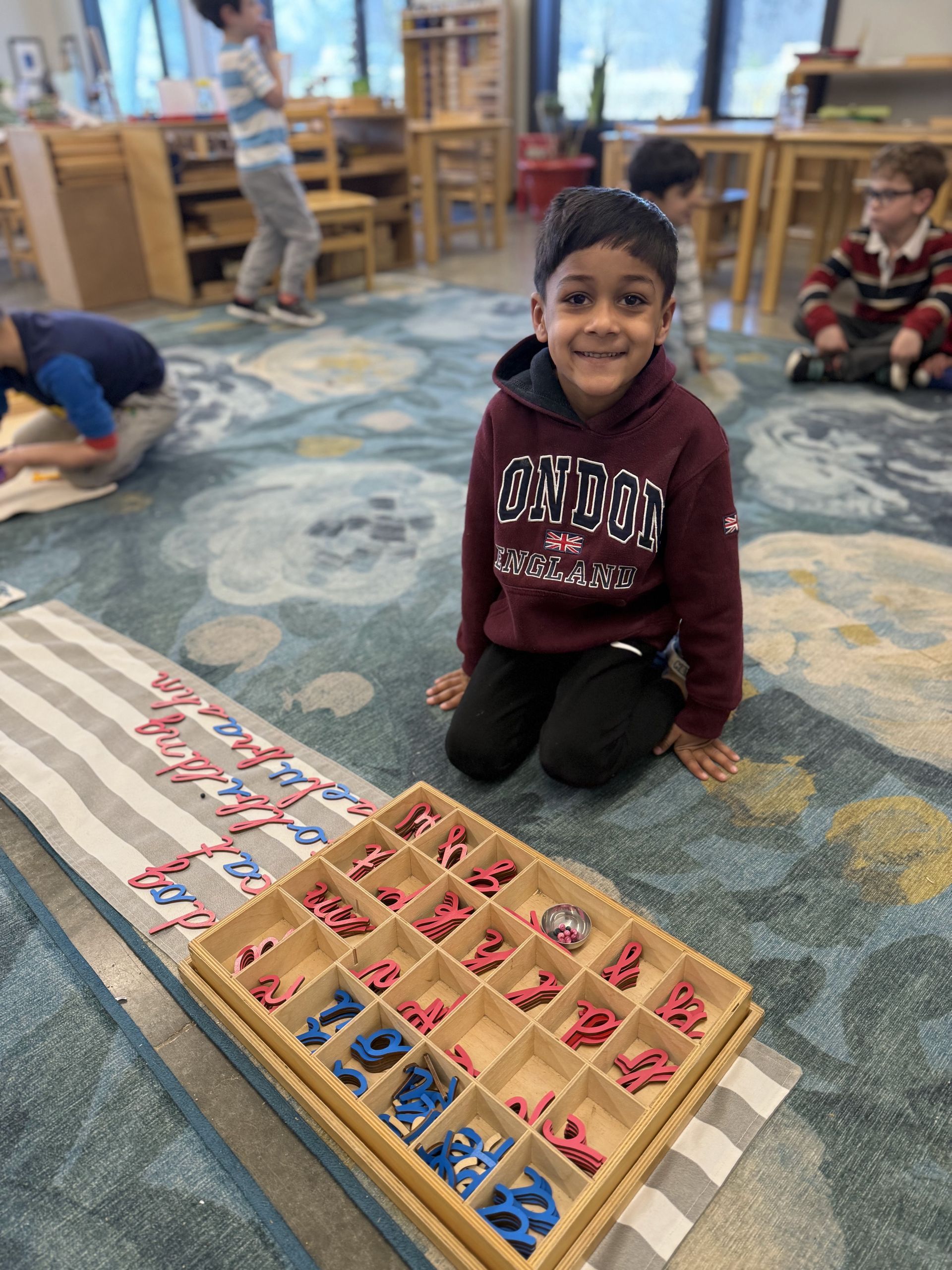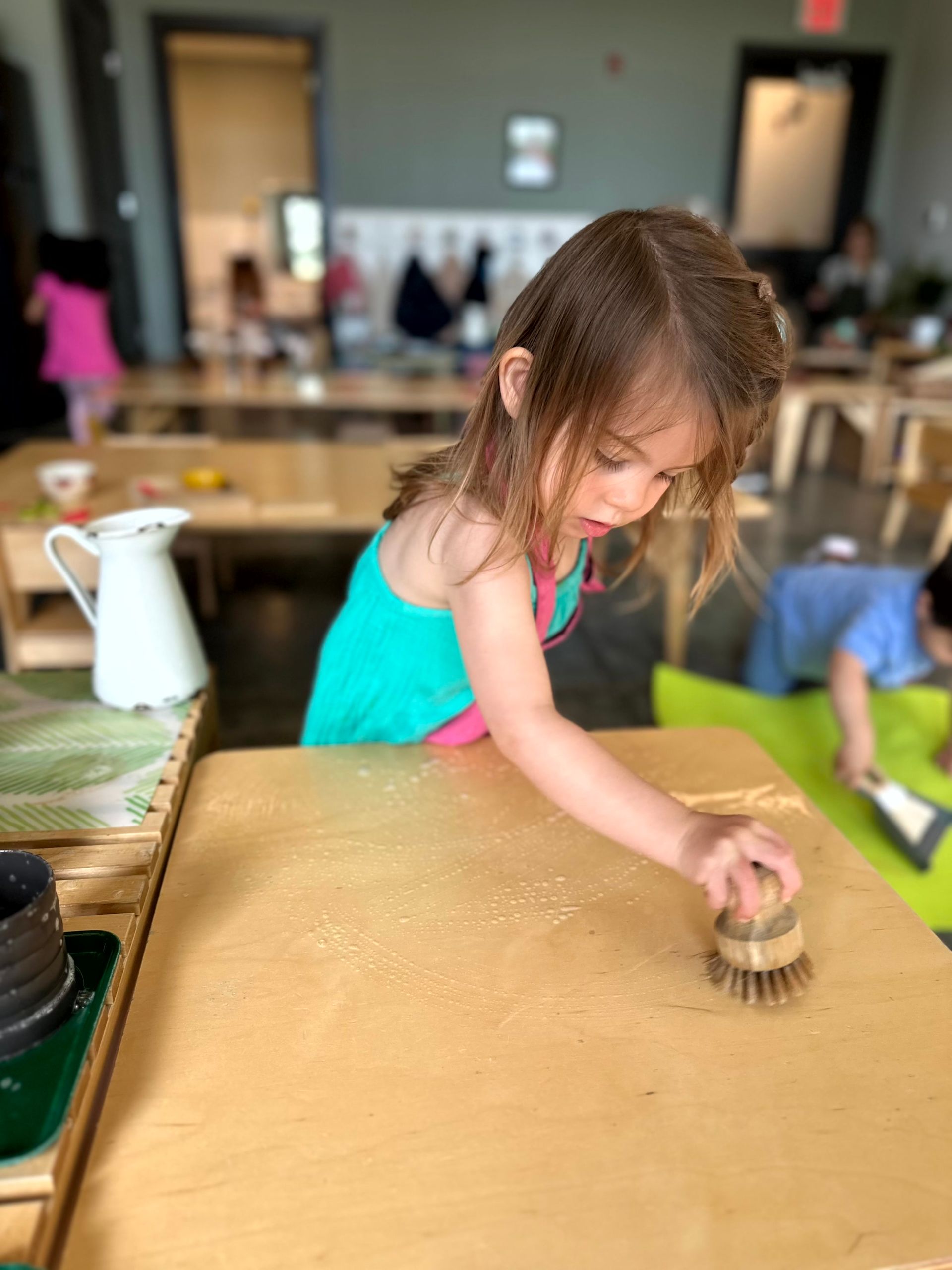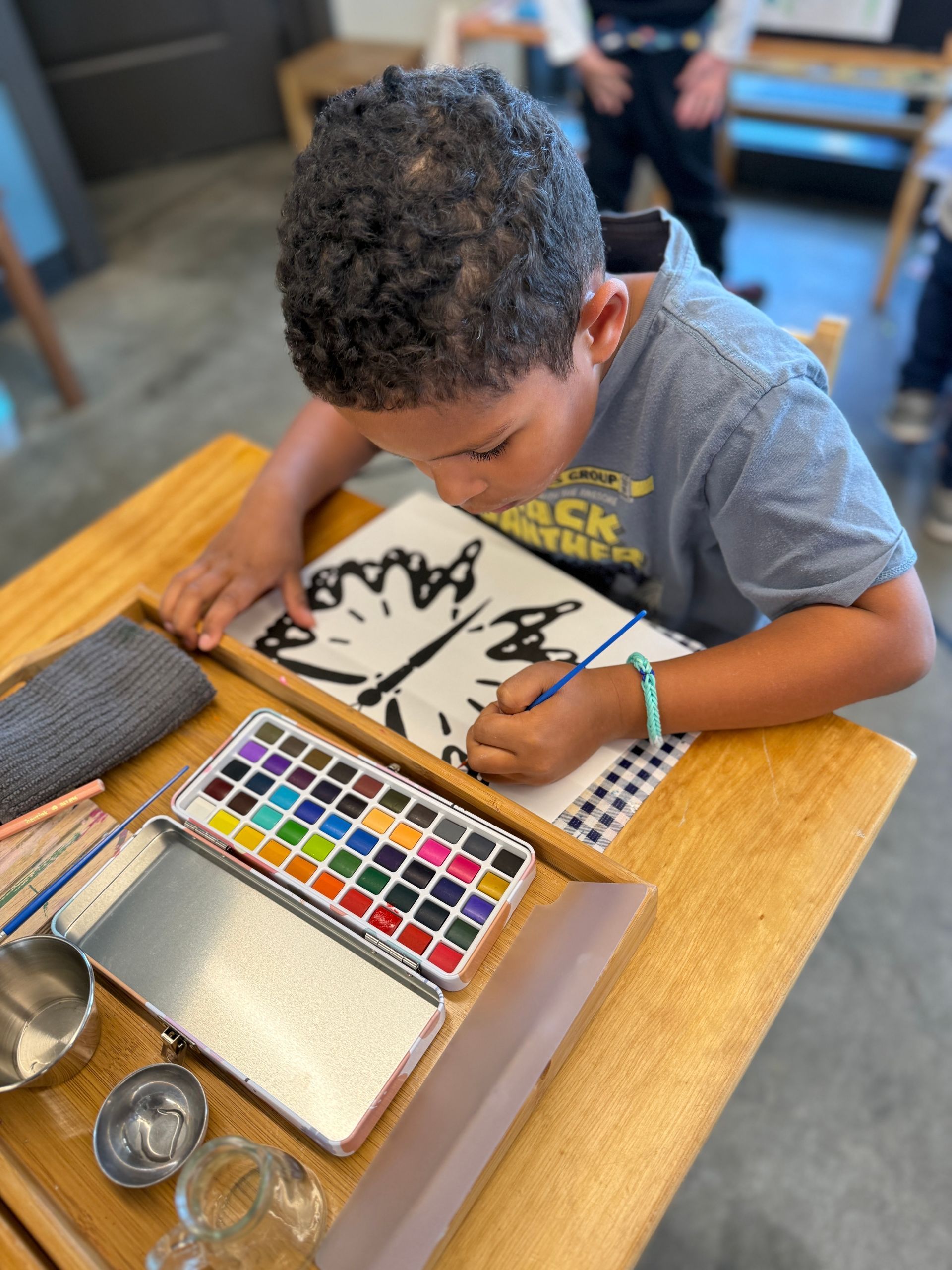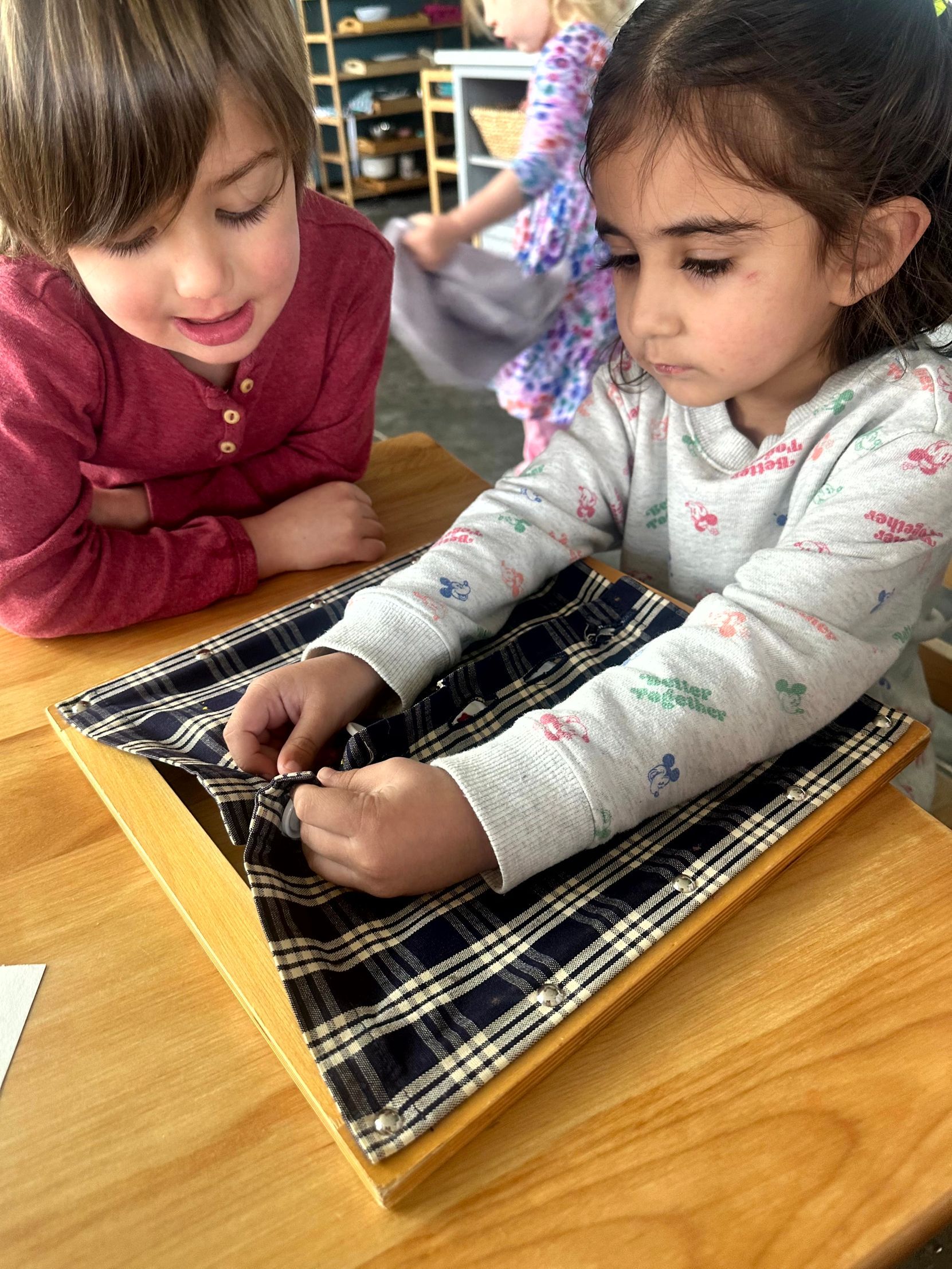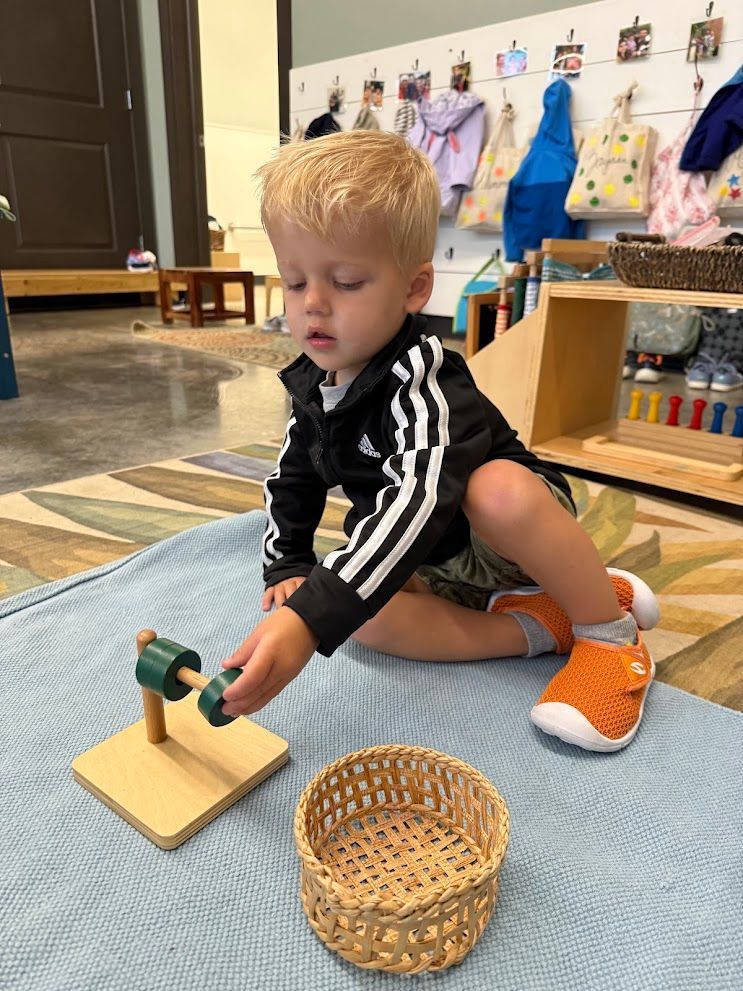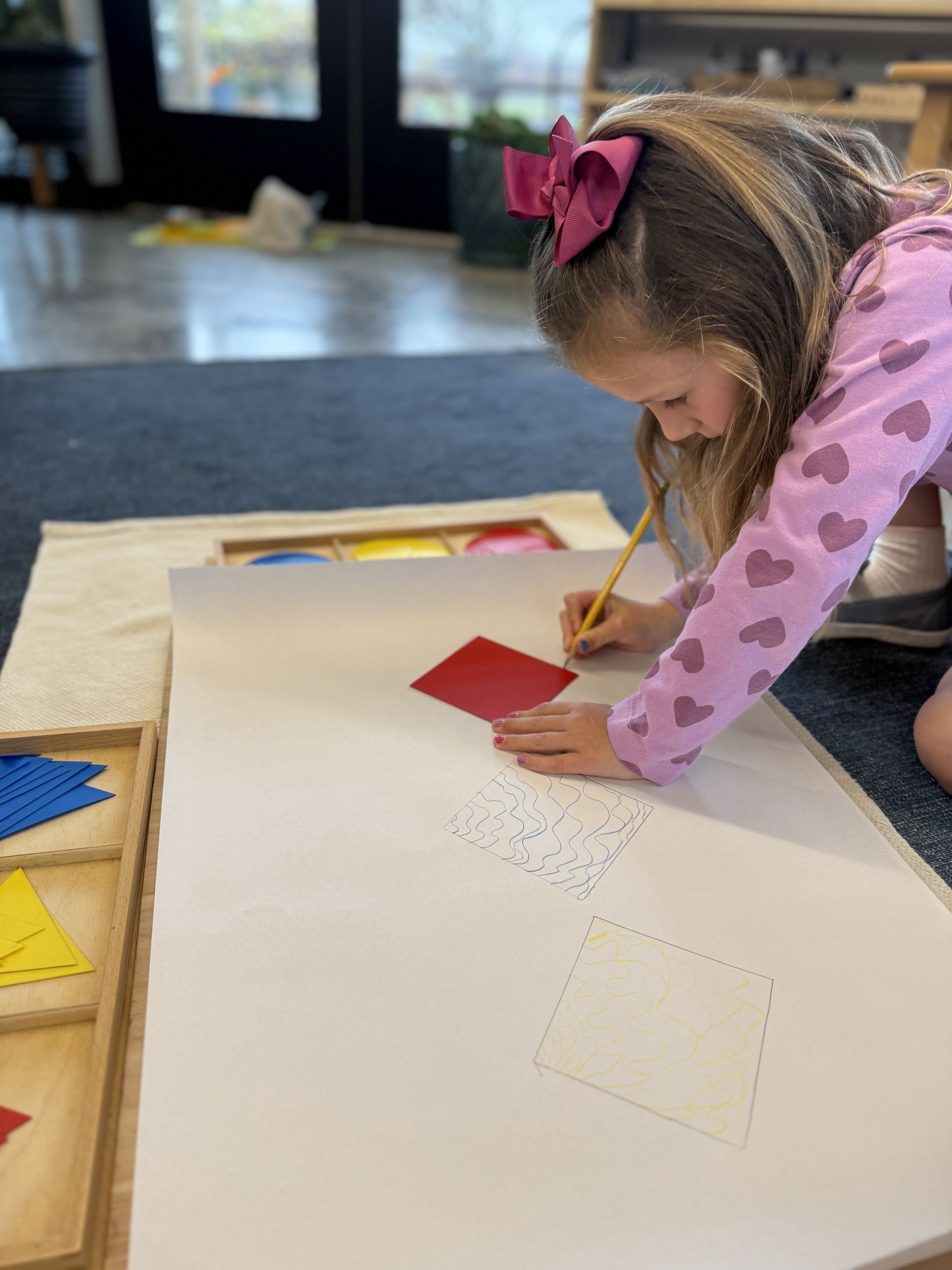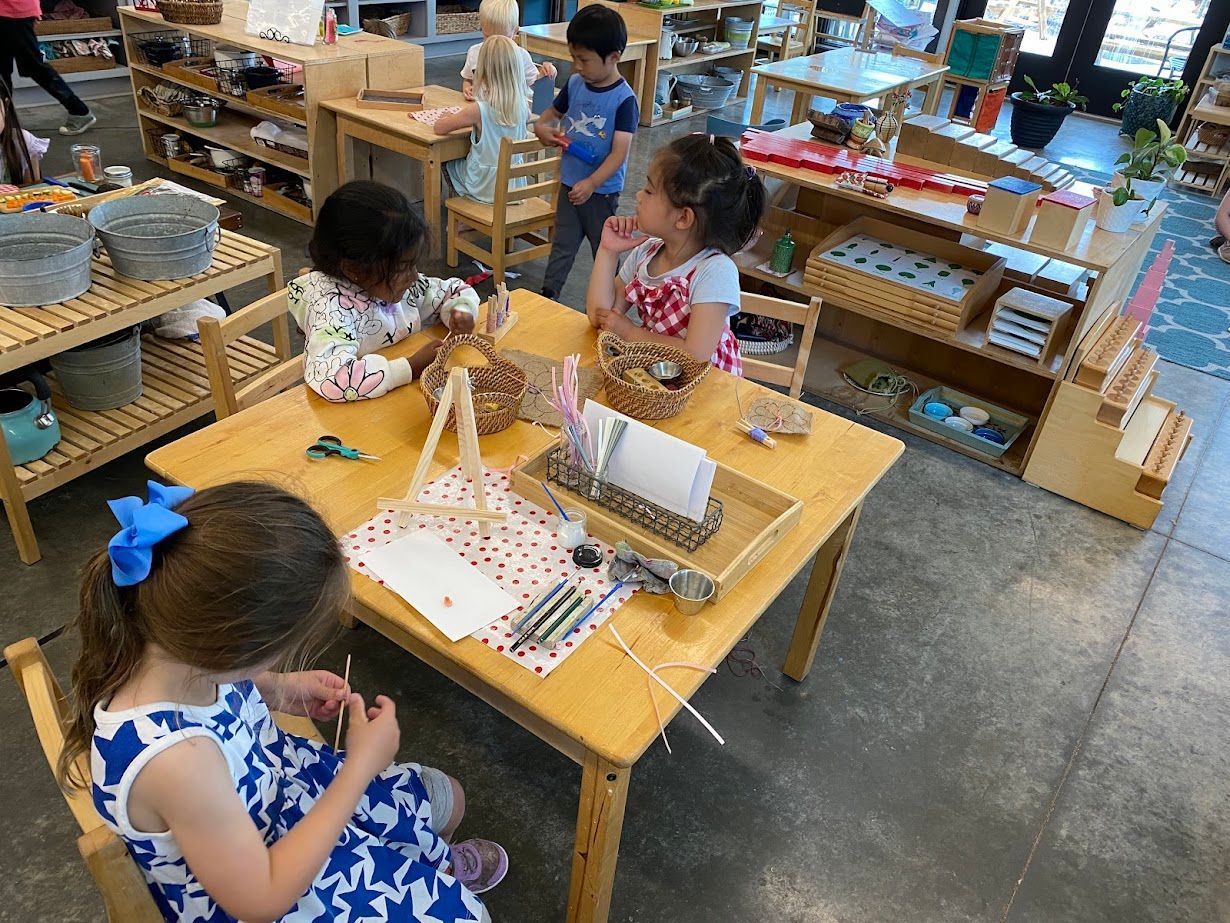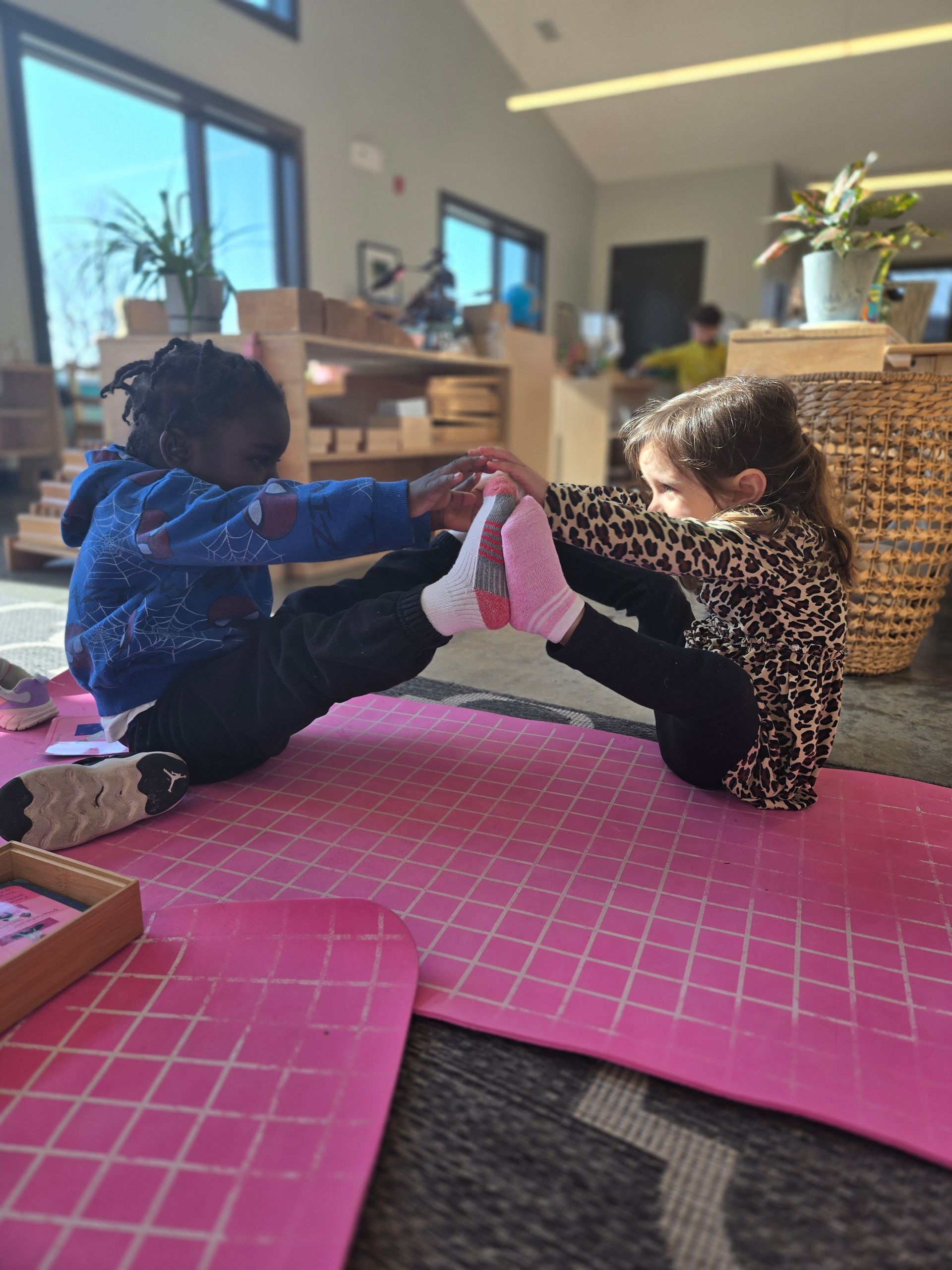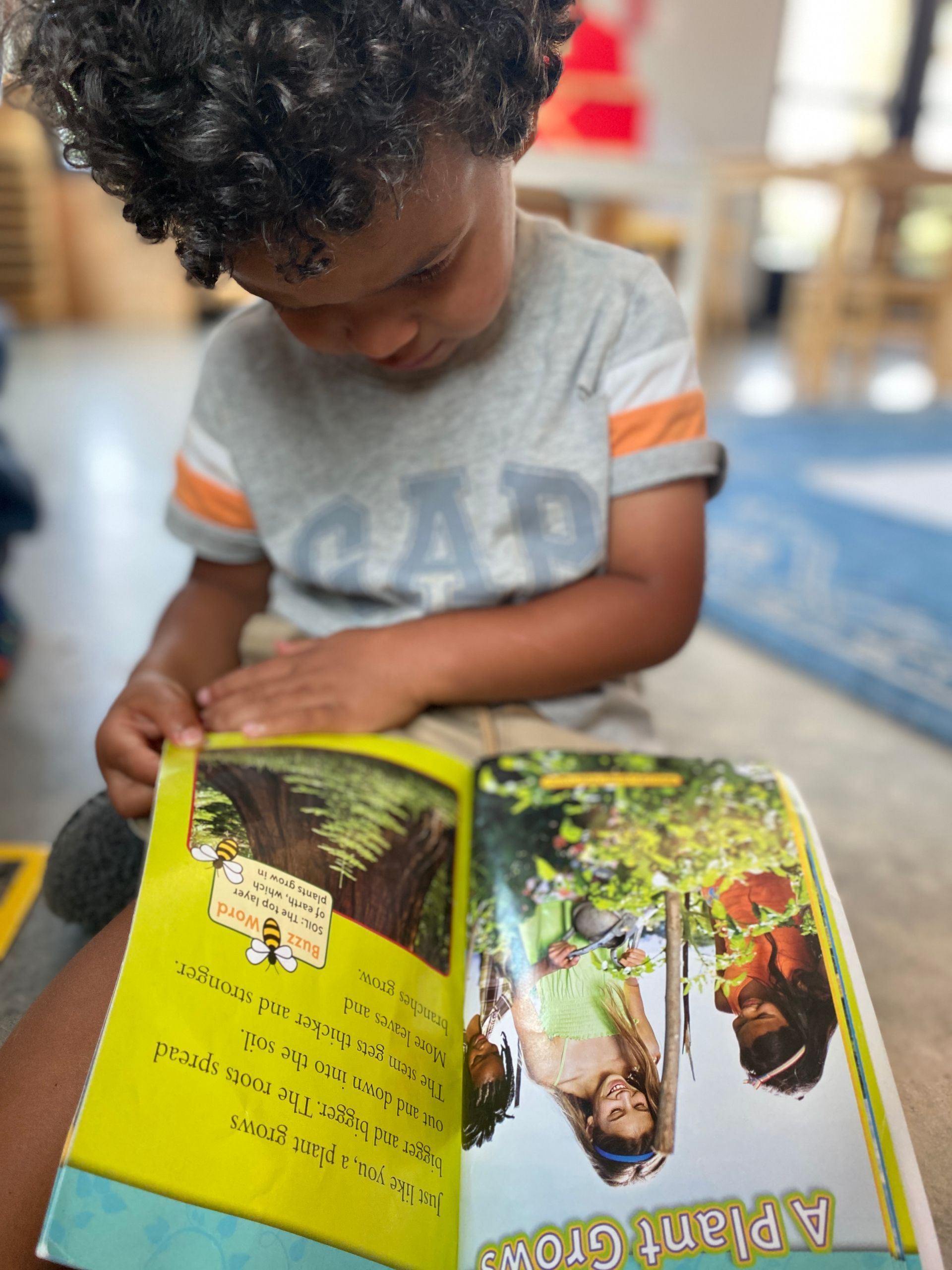"The environment itself will teach the child."
MARIA MONTESSORI
The Nature of the Montessori Classroom: A Design Based on Science and Observation
The Montessori classroom is unlike traditional classrooms in many ways. Its unique design, organization, and approach to learning are all grounded in a deep understanding of child development and an emphasis on scientific observation. Developed by Dr. Maria Montessori, an Italian physician and educator, the Montessori method focuses on creating an environment that nurtures the natural curiosity, independence, and growth of children. In this blog post, we’ll explore how the Montessori classroom is thoughtfully designed, rooted in scientific principles, and shaped by ongoing observation of the child. Dr. Montessori’s scientific background as a physician was essential to the development of her method. She brought the rigor of the scientific method—careful observation, experimentation, and continuous refinement—to the study of child development. In this sense, the Montessori classroom is itself a laboratory for learning, designed through evidence rather than tradition.
The Montessori Classroom as a Learning Laboratory
At its core, the Montessori classroom is a dynamic space where children can explore, experiment, and learn at their own pace. The environment is intentionally crafted to foster independence and a love for learning. But what truly sets it apart is the scientific approach that guides every aspect of the design. The classroom isn’t just a space for children to be taught—it’s a space where learning happens through interaction, observation, and hands-on experience.
Observation-Driven Design
Dr. Montessori believed that observation is the key to understanding a child’s developmental needs, strengths, and interests. Teachers (known as "guides" or "directresses") in Montessori classrooms spend a significant amount of time observing their students, learning how they interact with the environment, and tailoring their approach based on these observations. This process is fundamental to the success of the Montessori method because it allows educators to respond to the individual needs of each child, rather than imposing a one-size-fits-all curriculum.
The classroom itself is designed to reflect these observations. Children’s work and play are meant to be self-directed, with a variety of activities and materials available to engage their curiosity. Rather than following a rigid lesson plan, the Montessori guide adapts the environment based on what the child is ready to explore. For example, if a child shows an interest in nature, the classroom might provide materials related to plants, animals, and the outdoors. If a child struggles with a particular task, the teacher will carefully observe and may adjust the environment to help them succeed.
The Prepared Environment
The concept of the "prepared environment" is central to the Montessori method. This environment is carefully structured to promote independence, freedom of choice, and self-discipline. The key elements of a Montessori classroom include:
- Accessible Materials: Every material in a Montessori classroom is chosen to support a specific developmental skill, from practical life tasks to sensory exploration to mathematical concepts. The materials are carefully arranged at child height, allowing children to freely access them without relying on an adult. This encourages independence and decision-making.
- Order and Simplicity: The classroom is designed to be clean, orderly, and uncluttered. A well-ordered environment promotes concentration and focus, helping children understand the relationship between cause and effect. Montessori believed that a cluttered environment could overwhelm a child and disrupt their natural ability to learn.
- Freedom of Movement: The Montessori classroom is flexible, allowing children to move around the space freely. This freedom is important because it aligns with the natural way children learn—through physical movement and interaction with their surroundings. Children are encouraged to choose their own work, which means they engage more deeply with tasks and develop a sense of responsibility and ownership.
- Mixed-Age Groupings: Montessori classrooms typically include children from an age span of 3 years, creating a community where older children can mentor younger ones. This encourages collaboration, social skills, and peer learning, while also allowing each child to progress at their own pace. Research supports that mixed-age classrooms foster positive social behavior, emotional development, and academic growth.
Scientific Principles Behind the Design
Montessori’s approach to education is grounded in her understanding of child development, which was deeply influenced by contemporary research in psychology, neuroscience, and education. Here are some key scientific principles that influence the design of the Montessori classroom:
- Sensitive Periods: Montessori observed that children go through specific "sensitive periods" in their development, times when they are particularly receptive to learning certain skills. For example, young children are especially sensitive to language development, while older children may be more focused on abstract thinking and problem-solving. The Montessori classroom is designed to provide materials and activities that align with these sensitive periods, allowing children to fully absorb knowledge in the most natural way possible.
- Intrinsic Motivation: Research in developmental psychology shows that children are more motivated to learn when they have the freedom to choose their own activities and work at their own pace. Montessori classrooms are structured to nurture intrinsic motivation—encouraging children to engage with tasks for the sake of enjoyment and mastery, rather than external rewards like grades or praise.
- Concrete to Abstract Learning: Montessori believed that children learn best by first engaging with concrete materials and hands-on experiences. For example, in the Montessori math curriculum, children may begin by manipulating physical objects (such as beads or blocks) to understand mathematical concepts before moving on to abstract representations like numbers or equations. This aligns with cognitive developmental theories that emphasize the importance of sensory exploration in early learning.
- Child-Centered Learning: The Montessori method is centered around the needs and interests of the child, rather than the teacher or a pre-determined curriculum. This individualized approach is rooted in constructivist learning theory, which suggests that children learn best when they actively construct their own understanding through experience, exploration, and social interaction.
The Role of the Montessori Guide
In a Montessori classroom, the teacher’s role is not to be the "sage on the stage" but rather the "guide on the side." The Montessori guide is there to observe, support, and gently direct each child’s learning journey. Their role is to facilitate the learning process by offering new materials, introducing activities at the right time, and observing the child’s progress. The guide also ensures that the environment remains stimulating, organized, and conducive to independent work.
A Classroom Designed for Lifelong Learning
The Montessori classroom is more than just a physical space—it's a carefully curated environment designed to foster independence, curiosity, and lifelong learning. Grounded in scientific principles and a deep understanding of child development, the Montessori approach prioritizes observation, individualized instruction, and the creation of an environment that encourages exploration. By trusting the child’s natural ability to learn and providing them with the right tools and opportunities, the Montessori classroom offers a space where children can flourish both academically and personally.
The Montessori classroom is not simply a philosophy—it is the outcome of decades of scientific observation and refinement. Rooted in developmental psychology, neuroscience, and Montessori’s own medical training, the design of the Montessori environment represents one of the most carefully researched approaches to childhood education. It is a classroom designed with science at its foundation, offering children a place to construct themselves in freedom and order.
If you’re considering Montessori for your child please join us for a
Prospective Parent Evening. If you are interested in implementing some
Montessori principles at home, take a moment to observe how your child interacts with their environment, and see how their natural curiosity can guide their own learning journey.

